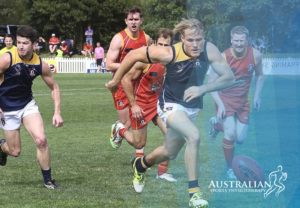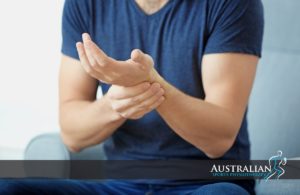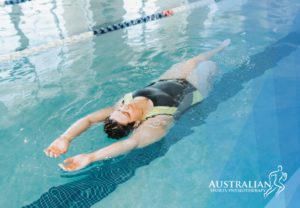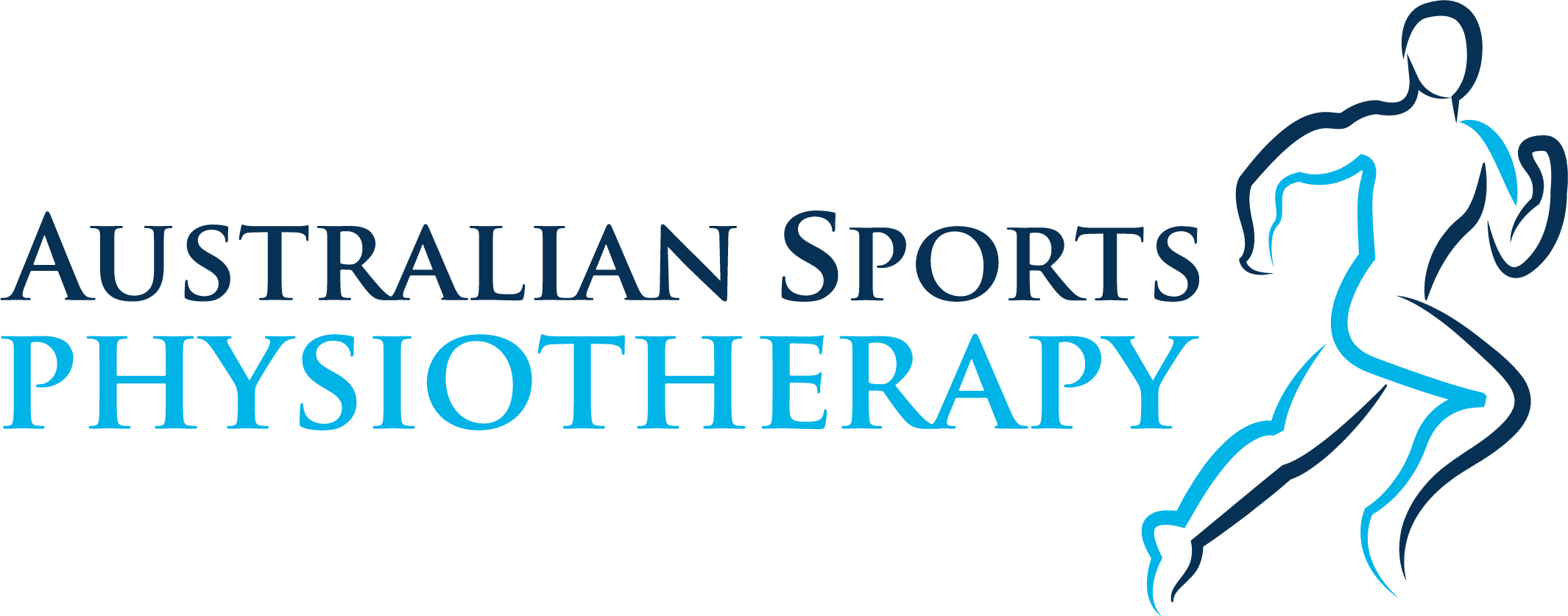Have you recently experienced a ligamentum teres tear? Dealing with the pain and altered mobility can be incredibly frustrating. But there is hope for recovery! Physiotherapy is a highly effective treatment option for ligamentum teres tears, helping patients regain strength, flexibility, and function in the affected area.
The ligamentum teres is a small yet important ligament located in the hip joint that helps stabilise the joint and maintain proper alignment. When this ligament is torn or injured, it can lead to significant pain and impairment. Unfortunately, ligamentum teres tears are not as widely known or understood as other hip injuries, which can make finding the right treatment challenging.
However, physiotherapy has proven to be an excellent first choice for treating ligamentum teres tears. Through a personalised treatment plan, physiotherapists can address pain, facilitate healing, and help patients regain the function of their hip joint.
What is the ligamentum teres?
The ligamentum teres is a ligament that connects the femoral head to the acetabulum, the socket of the hip joint. It is a critical ligament for hip stability and blood supply to the femoral head. Ligamentum teres tears are a relatively rare injury, but they can be very painful.
Common causes for a ligamentum teres tear
The most common cause of a ligamentum teres tear is a traumatic injury, such as a fall or a sports injury. The injury can occur when the hip is forcibly rotated or abducted. Other causes of a ligamentum teres tear include:
- Repetitive stress, such as from running or dancing
- Developmental hip disorders, such as dysplasia or Perthes disease
Common symptoms for a ligamentum teres tear
The symptoms of a ligamentum teres tear can vary depending on the severity of the injury. Common symptoms include:
- Pain in the groin or hip is often deep and aching.
- The groin pain radiates to the buttocks and the medial thigh.
- Swelling and stiffness in the hip.
- Weakness or instability in the hip.
- Catching or locking sensation in the hip.
- Pain that worsens with certain activities, such as walking, running, or squatting.
- Reduced range of motion in the hip.
If you experience any of these symptoms, it is important to see a doctor to get a diagnosis.
Diagnosis of a ligamentum teres tear
Due to the lack of a precise clinical test, diagnosing ligamentum teres tears has proven problematic. There are several hypothesised mechanisms of ligamentum teres injury, including trauma, femoroacetabular impingement, and overuse.
To determine the position of your pain and the function of your hip movement, one of our skilled physiotherapists will do a full medical history and physical exam. To elicit pain or feelings of laxity, the hip will be moved through a range of motion and pressured in certain ways.
An MRI scan may be utilised to examine ligament and soft tissue damage to validate your diagnosis. During arthroscopic surgery, some ligamentum teres ruptures are discovered while treating other problems.
Medical imaging allows us to establish the degree of your injury and whether or not it has caused damage to neighbouring ligaments or bones.
Physiotherapy treatment for a ligamentum teres tear
Treatment for a ligamentum teres tear typically starts with conservative measures, such as:
- Rest: Avoiding activities that cause pain is important to allow the ligament to heal.
- Ice: Applying ice to the hip joint can help to reduce pain and inflammation.
- Physiotherapy: A physiotherapist can design a program of exercises to help improve your range of motion, strengthen the muscles around your hip joint, and improve your balance and coordination. Standard hip exercises can aggravate your pain and prolong your rehabilitation. An experienced physiotherapist can advise you on which exercises to do and which to avoid.
It is important to note that Physiotherapy aims to allow you to return to your normal duties if able, but does not guarantee or fix a ligament tear. There is no need for further treatment if the symptoms resolve.
Surgery is recommended after all treatment options have been trialled with no improvement and changes to quality of life.
How long does it take for a ligamentum teres tear to heal?
The healing process for a ligamentum teres tear can vary depending on several factors, including:
- Non-surgical treatment: Minor tears may improve within a few weeks with rest, ice and physiotherapy.
- Surgical treatment: After arthroscopic surgery for a torn ligamentum teres, full recovery can take around 4-6 months. This includes regaining full range of motion and strength in the hip joint. However, pain relief and improved function can often be felt much sooner.

Final thoughts on physiotherapy for a ligamentum teres tear
When it comes to treating a ligamentum teres tear, physiotherapy can play a crucial role in the recovery process. It not only focuses on pain relief but also aims to restore the strength, mobility, and function of the hip joint.
Trust in the expertise of your physiotherapist, put in the effort, and you’ll be back on your feet and living life to the fullest in no time.
